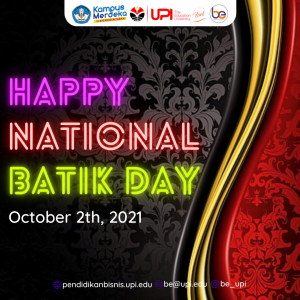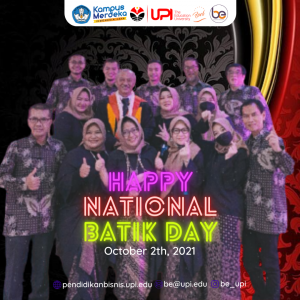

The history of Indonesian batik is closely related to the development of the Majapahit Kingdom and the spread of Islamic teachings on the island of Java. In some records, the development of batik was mostly carried out during the Mataram Sultanate era, then continued during the Surakarta Sunanate and Yogyakarta Sultanate eras.
Batik art in Indonesia has been known since the time of the Majapahit Kingdom and continued to grow until the next kingdom and its kings. The art of batik is generally widespread in Indonesia and particularly in Java after the late 18th or early 19th centuries.
The batik technique itself has been known for more than 1,000 years, possibly from ancient Egypt or Sumer. Batik techniques are widespread in several countries in West Africa such as Nigeria, Cameroon, and Mali, as well as in Asia, such as India, Sri Lanka, Bangladesh, Iran, Thailand, Malaysia, and Indonesia.
Until the early 20th century, the batik produced was written batik. The new stamped batik was known after World War I ended or around 1920.
Batik art is the art of drawing on cloth for clothing which became one of the cultures of the royal family in ancient Indonesia. Initially, batik activities were only limited to the palace, and batik was produced for the clothes of the king and the government’s family and dignitaries. Because many of the dignitaries lived outside the palace, this batik art was brought by them out of the palace and produced in their respective places.
Over time this batik art was imitated by the common people and then expanded so that it became the work of household women to fill their spare time.
The coloring materials used when making batik consist of native Indonesian plants that are made by themselves, including noni tree, soga, indigo. The soda is made from soda ash, while the salt is made from mud.

Recent Comments